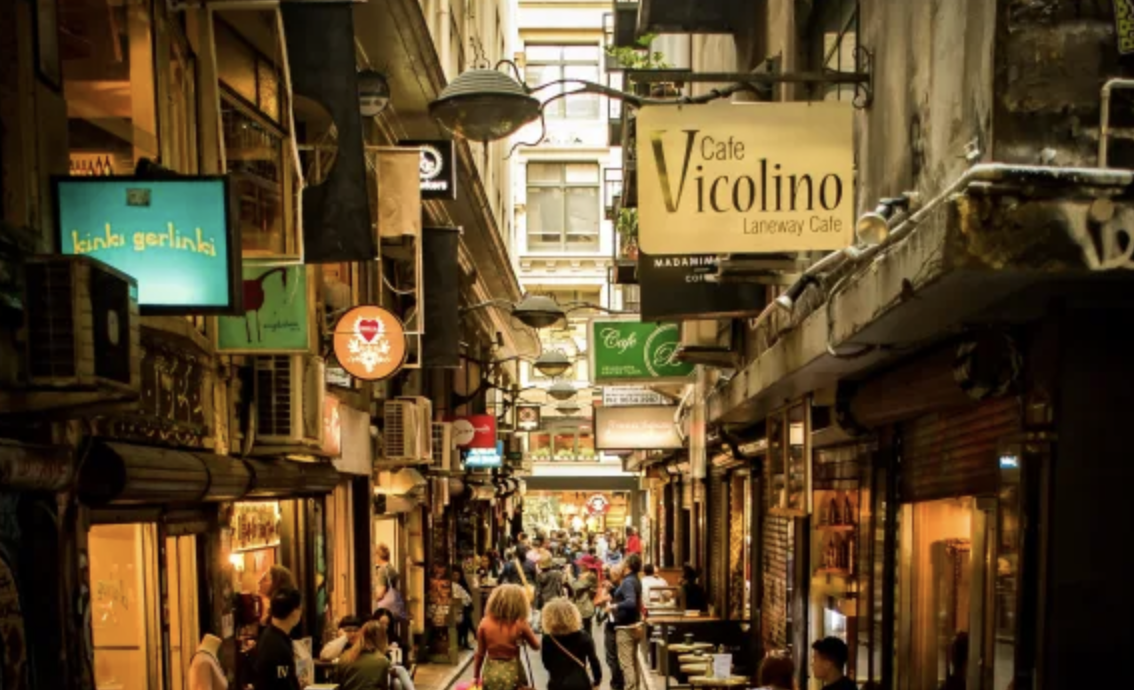From Flat Whites to Night Brews: Exploring Australia's Evolving Coffee Culture
Australia's coffee culture is a rich tapestry woven from historical influences, innovative trends, and a deep-seated passion for quality brews. For generations spanning Gen X to Gen Z, coffee has transcended mere consumption, becoming an integral part of daily life and social interaction.
A Brief History: From Tea to Espresso
Initially a nation of tea drinkers, Australia's shift to coffee began in earnest post-World War II. The influx of Italian and Greek immigrants introduced espresso machines and café culture to cities like Melbourne and Sydney. Establishments such as Pellegrini's Espresso Bar, which opened in 1954, played pivotal roles in embedding coffee into the urban lifestyle. This period marked the birth of iconic beverages like the flat white, a testament to Australia's penchant for coffee innovation.
The Specialty Coffee Movement
The 1980s and 1990s witnessed a surge in specialty coffee, with independent cafés emphasizing high-quality beans and artisanal brewing methods. This movement led to Australia's reputation as a global coffee influencer, with cities like Melbourne often dubbed the "coffee capital of the world." The focus shifted towards sustainability, ethical sourcing, and a personalized café experience, setting Australian coffee culture apart from global chains.
Adapting to Modern Lifestyles: The Rise of Late-Night Cafés
Traditionally, Australian cafés operated during daytime hours, catering to morning and afternoon crowds. However, evolving consumer behaviors have paved the way for establishments like Gerome's in Sydney, which opens its doors at 9 PM. This late-night café challenges conventional norms, offering a unique space for night owls, shift workers, and those seeking an alternative to the typical bar scene. The emergence of such venues reflects a broader trend of cafés adapting to diverse lifestyles and preferences.
Challenges on the Horizon: Rising Costs and Market Dynamics
The Australian coffee industry faces challenges, notably the rising cost of a cup. Factors such as global supply chain disruptions, adverse weather conditions in coffee-producing regions, and inflation have led to predictions of coffee prices reaching up to $7 per cup. Café owners grapple with balancing these increased costs while maintaining customer loyalty.
Additionally, international chains like Starbucks have struggled to penetrate the Australian market, reporting significant financial losses. This trend underscores the local preference for independent cafés and personalized coffee experiences over standardized offerings.
The Future of Australian Coffee Culture
As Gen Z enters the coffee scene, there's a noticeable shift towards sustainability and innovation. The demand for plant-based milk alternatives, ethically sourced beans, and eco-friendly practices is reshaping the industry. Moreover, the integration of technology, such as mobile ordering and cashless payments, caters to the digital-native generation, ensuring that Australia's coffee culture remains dynamic and inclusive.
Conclusion
Australia's coffee culture is a testament to the nation's ability to blend tradition with innovation. From the post-war espresso revolution to contemporary late-night cafés, coffee continues to be a unifying force across generations. As the industry navigates challenges and embraces new trends, one thing remains certain: Australia's love affair with coffee is far from over.




